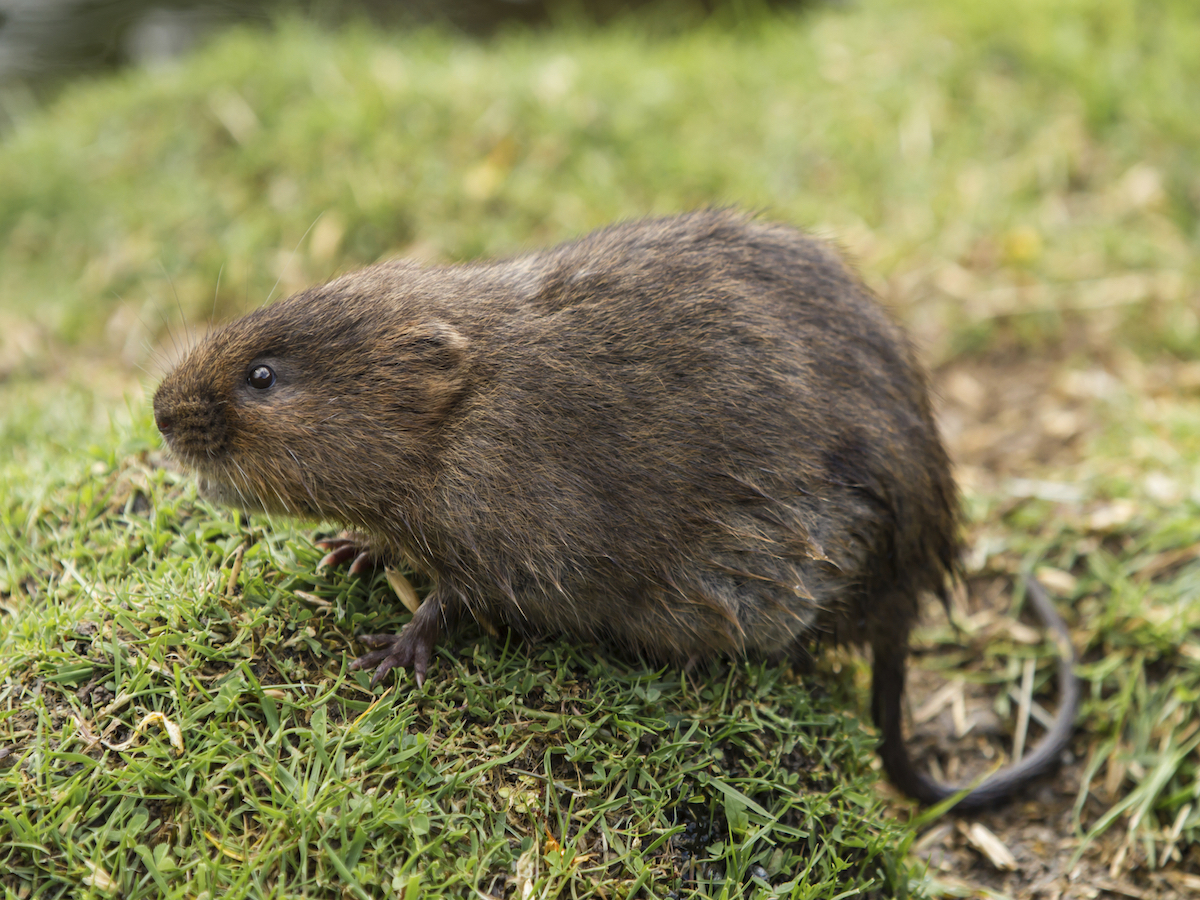Effective Vole Control Solutions: Taking Care Of Vole Pest Issues
Effective Vole Control Solutions: Taking Care Of Vole Pest Issues
Blog Article
Comprehensive Overview to Efficient Vole Pest Control: Invasion Recognition and Treatment Approaches
In the world of efficient parasite control, vole problems posture a special difficulty that requires a critical strategy. These tiny rodents, commonly incorrect for mice, can inflict mayhem on yards, lawns, and plants if left untreated. Determining the signs of vole visibility and implementing targeted treatment methods are essential elements of an effective parasite administration strategy. By discovering the subtleties of vole actions, understanding essential indications of infestation, and assessing a series of control choices, one can create a comprehensive method to battle these evasive bugs.
Recognizing Vole Behavior
Vole habits is defined by their tunneling behaviors and fast recreation rates, making them a difficult bug to control effectively. These little rodents commonly develop complex tunnel systems underground, utilizing them for shelter, food storage, and transport. Voles are herbivores, eating a variety of plants, origins, grasses, and light bulbs, which can trigger significant damage to yards, orchards, and lawns. Their rapid reproductive rate further complicates control efforts, with females with the ability of producing several trashes in a single year, each including a number of children.
Recognizing vole habits is important for reliable parasite control methods. By determining their burrow locations, monitoring feeding areas, and implementing targeted control techniques, such as trapping or environment modification, vole problems can be managed effectively.
Signs of Vole Infestation

Prevention Strategies
Applying effective avoidance techniques is essential in lessening vole infestations and safeguarding greenery from their destructive feeding practices. To prevent vole problems, it is essential to start by web link getting rid of prospective food sources and sanctuary.
Routinely inspecting the home for signs of vole activity, such as runways and burrow openings, is crucial for early discovery and prompt action. If vole activity is suspected, take into consideration making use of traps or repellents tactically put near their pathways. Utilizing all-natural predators like owls or snakes can likewise help maintain vole populations in check. By applying a combination of these prevention garden enthusiasts, techniques and homeowners can successfully safeguard their plants from vole damage.
Non-Lethal Control Methods
To effectively take care of vole populations while focusing on humane methods, non-lethal control methods provide functional remedies for minimizing vole damage in landscapes and gardens. These barriers can be hidden at the very least 12 inches deep and curved at a 90-degree angle to prevent voles from burrowing below.

Lethal Control Options
One efficient technique for resolving vole problems in landscapes and gardens entails the tactical usage of lethal control choices. When confronted with a severe vole problem that non-lethal approaches have actually fallen short to include, implementing deadly control actions comes to be vital. One generally employed deadly control option is using snap catches. These traps are created to promptly and humanely kill voles upon activation, making them a preferred option for many garden enthusiasts and landscapers. To increase the effectiveness of snap traps, it is advised to position them in areas where vole task is high, such as along runways or near burrow entrances. Another lethal control alternative is the usage of poisonous lures especially formulated to target voles. These baits consist of toxin that is consumed by the voles, causing their ultimate demise. Nevertheless, care should be exercised when making use of hazardous baits to stop harm to non-target pets or family pets. Overall, when using deadly control alternatives, it is vital to do so sensibly and according to neighborhood policies to effectively manage vole problems.
Conclusion
In conclusion, effective vole insect control calls for a detailed understanding of vole behavior, identification of indicators of infestation, application of avoidance methods, and use of both non-lethal and deadly control approaches. By incorporating these approaches, individuals can successfully take care of vole populaces and safeguard their residential property from damage. It is very important to resolve vole problems without delay to avoid further issues and minimize the effect on the surrounding atmosphere.
Provided the detailed tunnel systems and quick reproduction rates characteristic of voles, acknowledging the indications of vole invasion becomes vital in reliable bug control. One of the main signs of vole presence is the existence of surface area paths or routes in lawn or snow, usually about 1-2 inches large, created as voles travel between their burrows and food sources.To successfully manage vole populations while focusing on humane methods, non-lethal control techniques use practical solutions for minimizing vole damages in yards and landscapes.One reliable technique for attending to vole infestations in yards and landscapes involves the tactical usage of dangerous control choices. vole pest control.In verdict, reliable vole pest control needs a detailed understanding of vole habits, recognition of signs of invasion, implementation of avoidance strategies, and usage of both deadly and non-lethal control techniques
Report this page